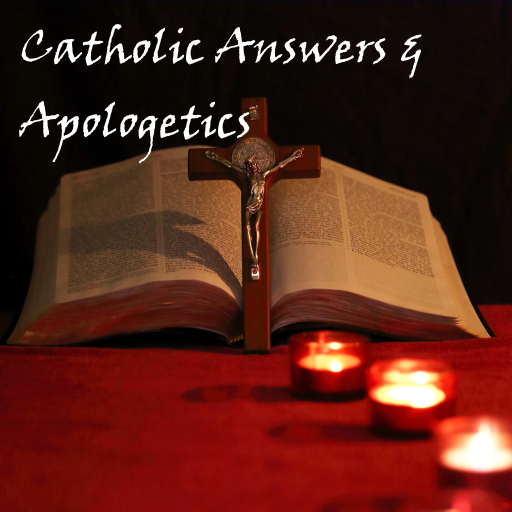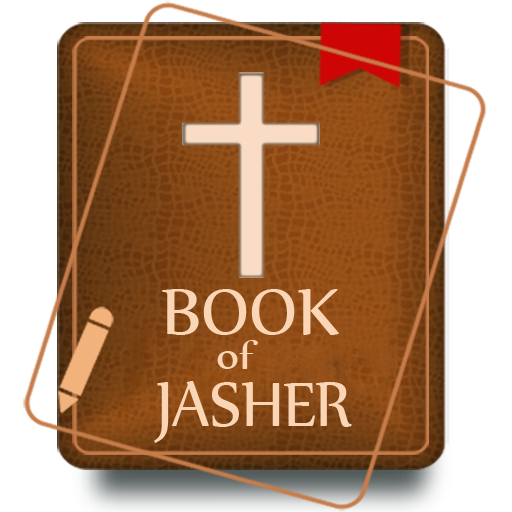

Historia de la Iglesia católica
Juega en PC con BlueStacks: la plataforma de juegos Android, en la que confían más de 500 millones de jugadores.
Página modificada el: 18 de febrero de 2019
Play History of the Catholic Church on PC
Christianity spread throughout the early Roman Empire, despite persecutions due to conflicts with the pagan state religion. In 313, the struggles of the Early Church were lessened by the legalisation of Christianity by the Emperor Constantine I. In 380, under Emperor Theodosius I, Catholicism became the state religion of the Roman Empire by the decree of the Emperor, which would persist until the fall of the Western Empire, and later, with the Eastern Roman Empire, until the Fall of Constantinople. During this time, the period of the Seven Ecumenical Councils, there were considered five primary sees (jurisdictions within the Catholic Church) according to Eusebius: Rome, Constantinople, Antioch, Jerusalem and Alexandria, known as the Pentarchy.
The battles of Toulouse preserved the Catholic west, even though Rome itself was ravaged in 850, and Constantinople besieged. In the 11th century, already strained relations between the primarily Greek church in the East, and the Latin church in the West, developed into the East-West Schism, partially due to conflicts over Papal Authority. The fourth crusade, and the sacking of Constantinople by renegade crusaders proved the final breach. Prior to and during the 16th century, the Church engaged in a process of reform and renewal. Reform during the 16th century is known as the Counter-Reformation.[7] In subsequent centuries, Catholicism spread widely across the world despite experiencing a reduction in its hold on European populations due to the growth of Protestantism and also because of religious skepticism during and after the Enlightenment. The Second Vatican Council in the 1960s introduced the most significant changes to Catholic practices since the Council of Trent four centuries before.
Juega Historia de la Iglesia católica en la PC. Es fácil comenzar.
-
Descargue e instale BlueStacks en su PC
-
Complete el inicio de sesión de Google para acceder a Play Store, o hágalo más tarde
-
Busque Historia de la Iglesia católica en la barra de búsqueda en la esquina superior derecha
-
Haga clic para instalar Historia de la Iglesia católica desde los resultados de búsqueda
-
Complete el inicio de sesión de Google (si omitió el paso 2) para instalar Historia de la Iglesia católica
-
Haz clic en el ícono Historia de la Iglesia católica en la pantalla de inicio para comenzar a jugar




